The Berlin Wall, a symbol of Cold War division, did more than just split a city in two—it tore families apart.
In a city where life had once flowed freely between East and West, the sudden construction of this concrete barrier changed everything. Overnight, loved ones found themselves separated by ideology and politics, with little hope of reunion.
Few images capture this heartbreaking reality better than the photo of West Berliners lifting their children to show them to their grandparents trapped on the other side. Keep scrolling down to explore the toll of living in a divided world.
What the photo portrayed
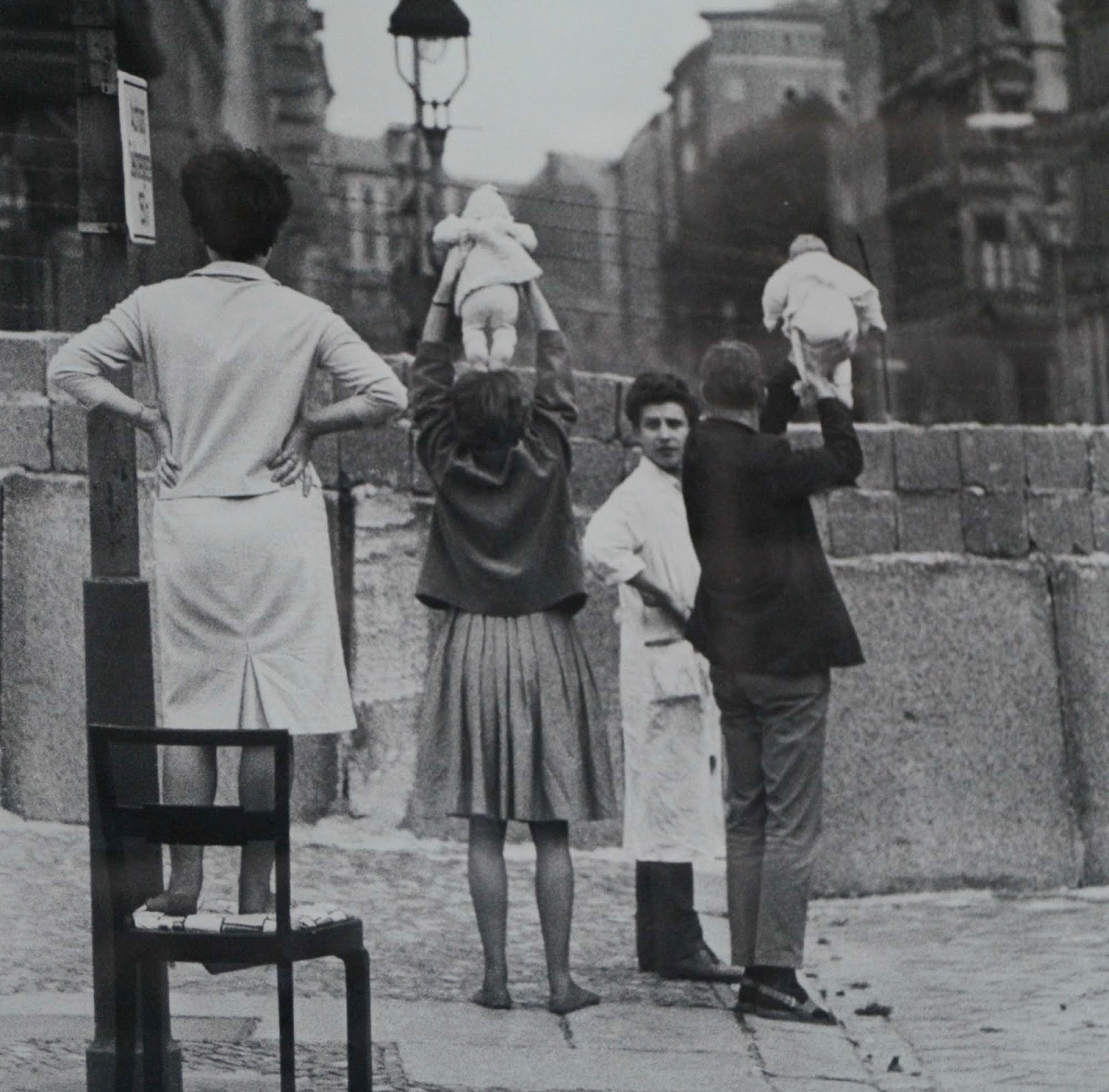
The photo shows a heartbreaking scene that took place in 1961, shortly after the Berlin Wall was built. Families from West Berlin, desperate to stay connected with their loved ones on the other side, would gather at the border.
Parents would lift their children so grandparents on the East Berlin side could wave and shout across the barrier.
This simple but emotional act captured the pain of families suddenly being cut off from each other in a city that had once been united.
Before the Wall, families could easily visit each other, but the political divide between East and West Germany changed everything overnight.
The historical context of the Berlin Wall

The construction of the Berlin Wall in August 1961 marked a dramatic shift in the Cold War era. Berlin, once the capital of a unified Germany, became the focal point of East-West tensions.
After World War II, Germany was divided into East and West, with Berlin itself split into two parts despite being located entirely within the Soviet-controlled East Germany.

For years, East Germans had used Berlin as an escape route to the West, fleeing oppressive communist rule for a chance at freedom. By 1961, nearly 3.5 million East Germans—20% of the country’s population—had crossed into West Germany.
This “brain drain” of professionals and skilled workers prompted the East German government to take drastic action, closing the border and erecting the Berlin Wall.
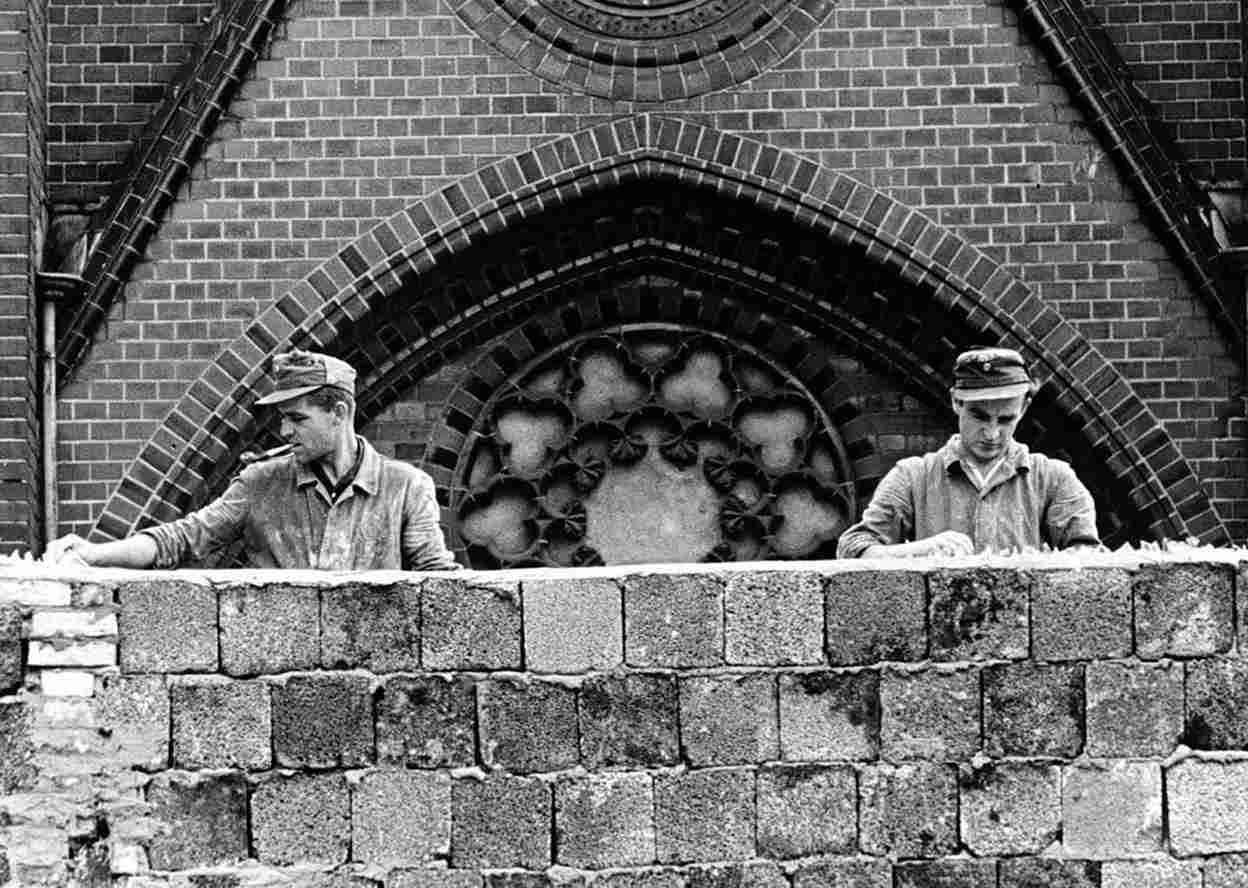
The Wall not only became a symbol of the Cold War but also an immediate disruption to everyday life for the residents of Berlin. Families were torn apart, as no one knew how long the division would last or if they would ever be reunited.
The pain of separation
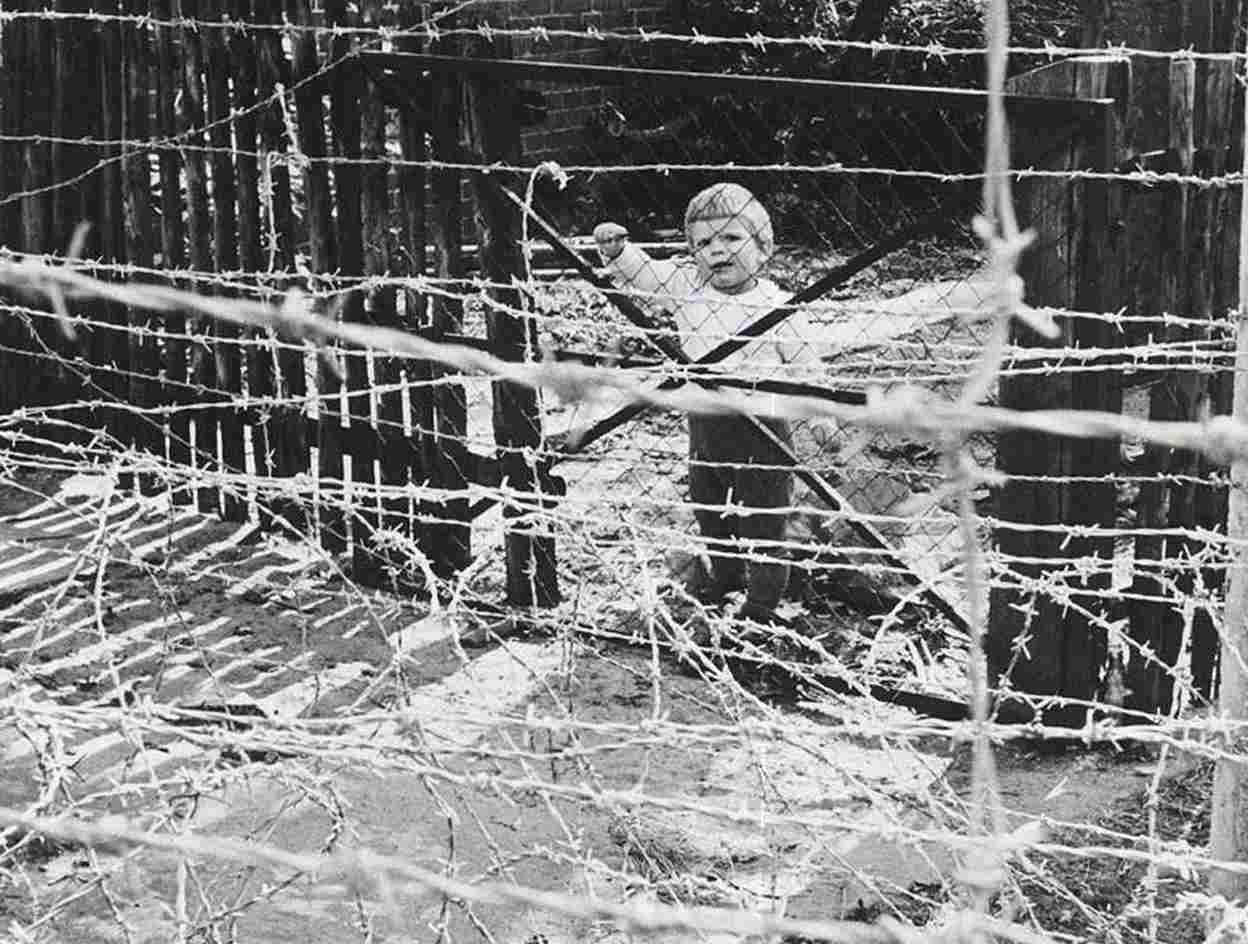
When the Berlin Wall was suddenly built, families had little time to prepare for the separation from their loved ones on the other side.
Many people regularly crossed between East and West Berlin to visit family, attend church, or go to work. Overnight, those connections were severed.
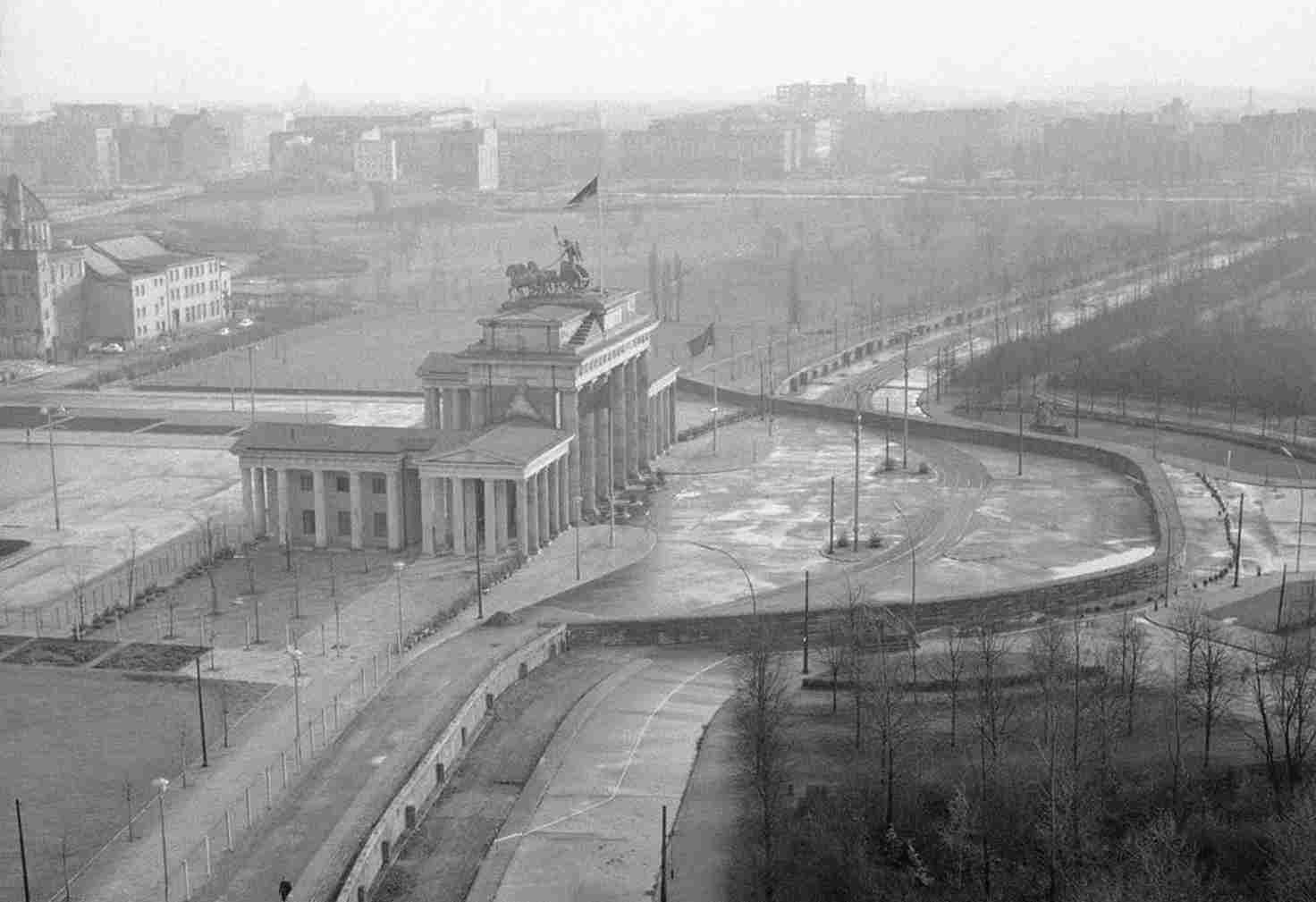
The emotional pain this caused can hardly be overstated. Grandparents who had been close to their grandchildren were now unreachable, except for brief moments at the Wall’s checkpoints.
Parents would bring their children to the Wall, lifting them up so they could see their grandparents in brief moments.
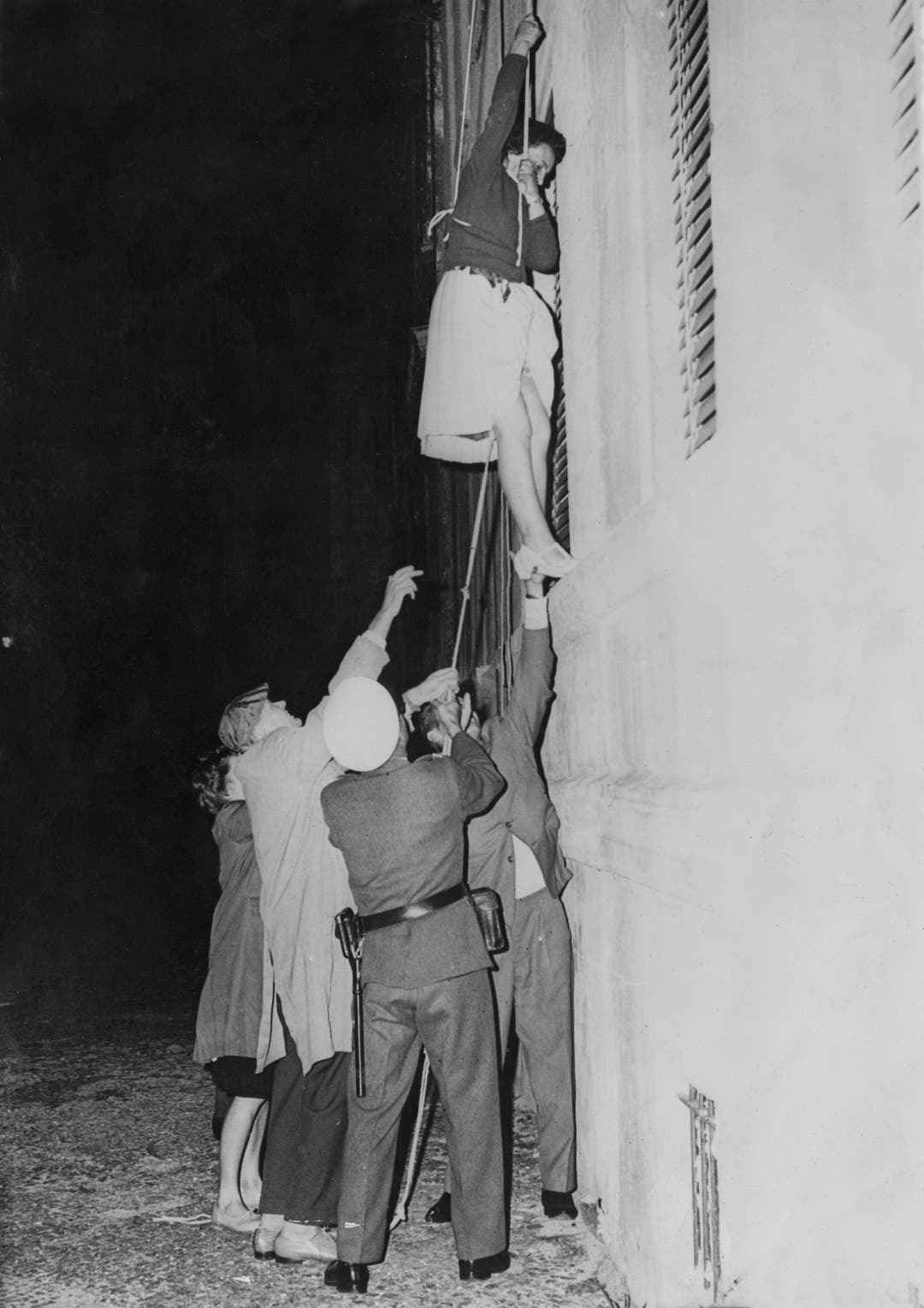
Although travel restrictions between East and West Berlin slightly eased over time, the scars from the early years of separation lasted long after the Wall eventually fell nearly three decades later.

